The much anticipated Luton and Dunstable Busway is nearly finished and ready for it’s official opening. Here I road test the cycle track which runs alongside this new development which connects the two towns together with an efficient transport link.
It is a special concrete track for buses only. The buses have extra wheels at the side of the vehicle to steer or guide them along an otherwise traffic free corridor between Houghton Regis, Dunstable and Luton. Much of it runs along the route of a railway line which was decommissioned several decades ago. The idea is, amongst other reasons, is to provide a fast and efficient transport link between the towns, to ease the considerable congestion, to be more environmentally friendly and be an asset in an otherwise growing area.
Running alongside the Busway is a cycle track which is what I was keen to have a look at, as the whole project nears completion. While the actual Busway maybe hailed as a success (and time will tell), how does the cycle track fare? Is it a logical feature to supplement the actual Busway? Will it contribute towards getting people out of their cars (and buses) and travel a little more under their own steam? Is it the rump of the project and a poorly executed add-on?
I have used the cycle track a few times this week, prior to the official opening. So it could be that some finishing touches still need to be made and naturally there is bound to be some residual tidying up and snag-fixing by the contractors for sometime afterwards. The stretch I have tried out is from Luton Railway station through to the junction of Station Road and Great Northern Road in Dunstable. The track extends further into Dunstable and will, at the Luton end, connect with Luton Parkway station and an on-road link to the local nearly airport.
The highlight was an early morning ride along the track on my way to Stevenage where I work. This is normally a distance of 23 miles, so I was interested in whether this route would be better than a slightly longer route which is more hilly and rural.
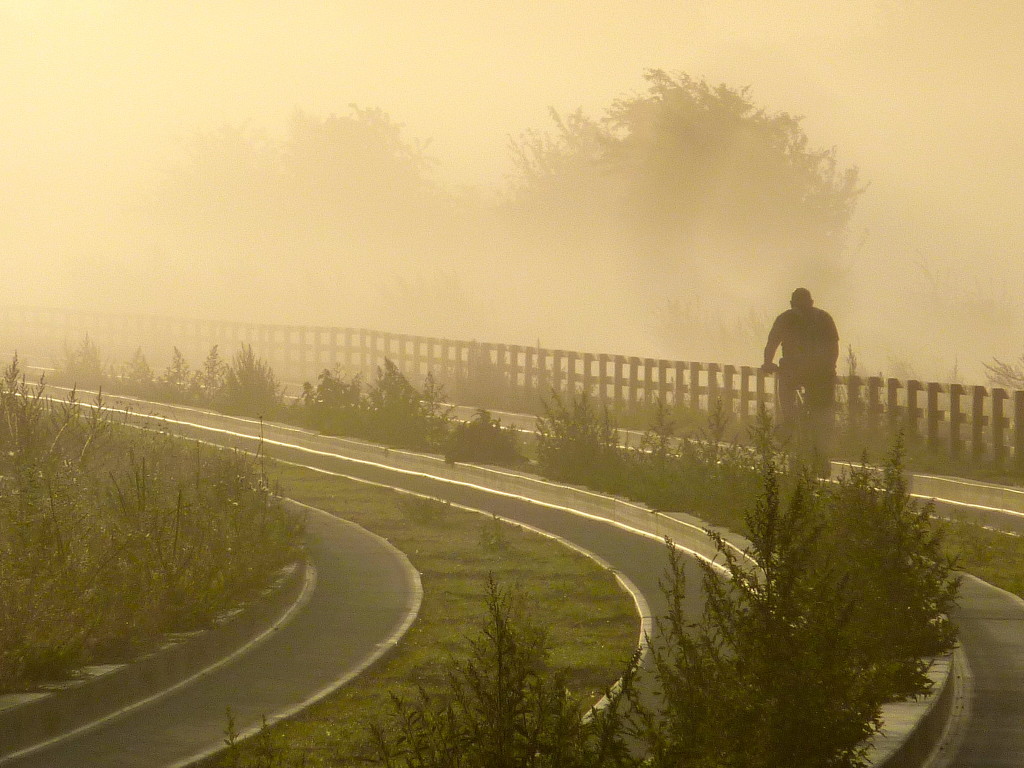
Early morning misty conditions for cycling on the Luton Dunstable Busway
The route from Luton to Dunstable
As one would expect, the route is fairly flat making it easy going; you hardly notice the undulations although there are one or two steeper sections in Luton but this is only for a short distance. The route is quite interesting, from the busy cosmopolitan and urban Luton and the newly refurbished area around the town’s main railway station through to the scenic Blows Downs and into Dunstable.
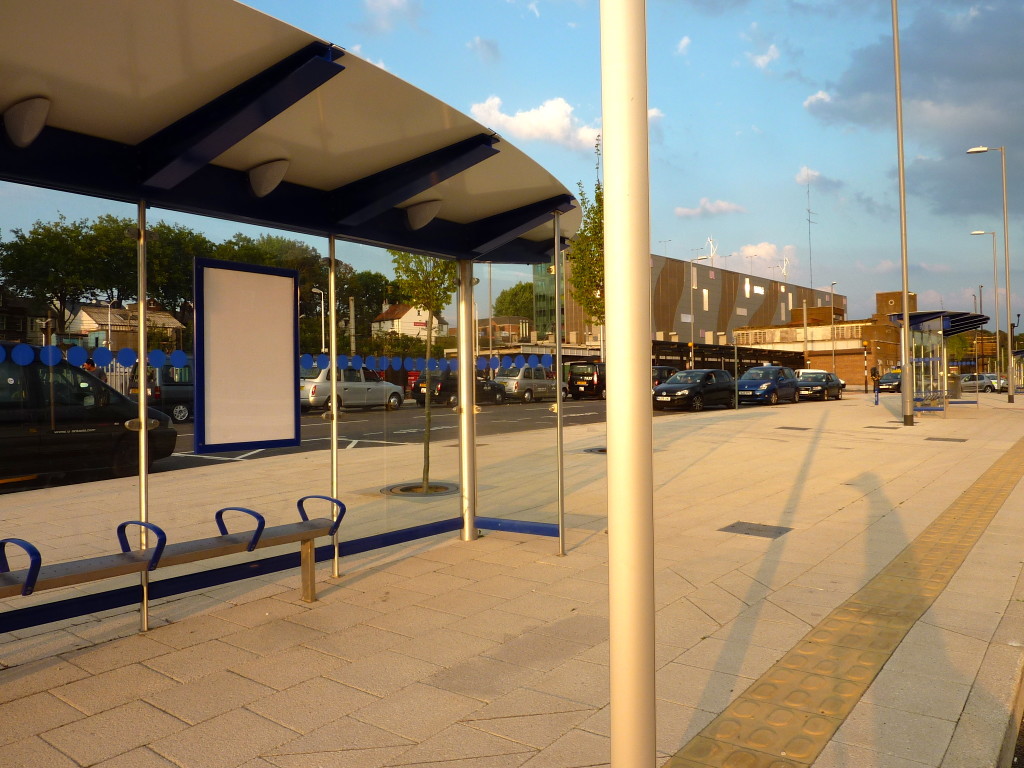
Approach to Luton railway station
Heading west the route quickly climbs out of the town centre and this avoids an area which is normally heavily congested with tightly packed small streets, each with their traffic lights and a number of really serious hazards for the cyclist (taxi drivers are, in my view, often very poor drivers).

Leaving ugly Luton behind. Note the narrow barrier and stony surface
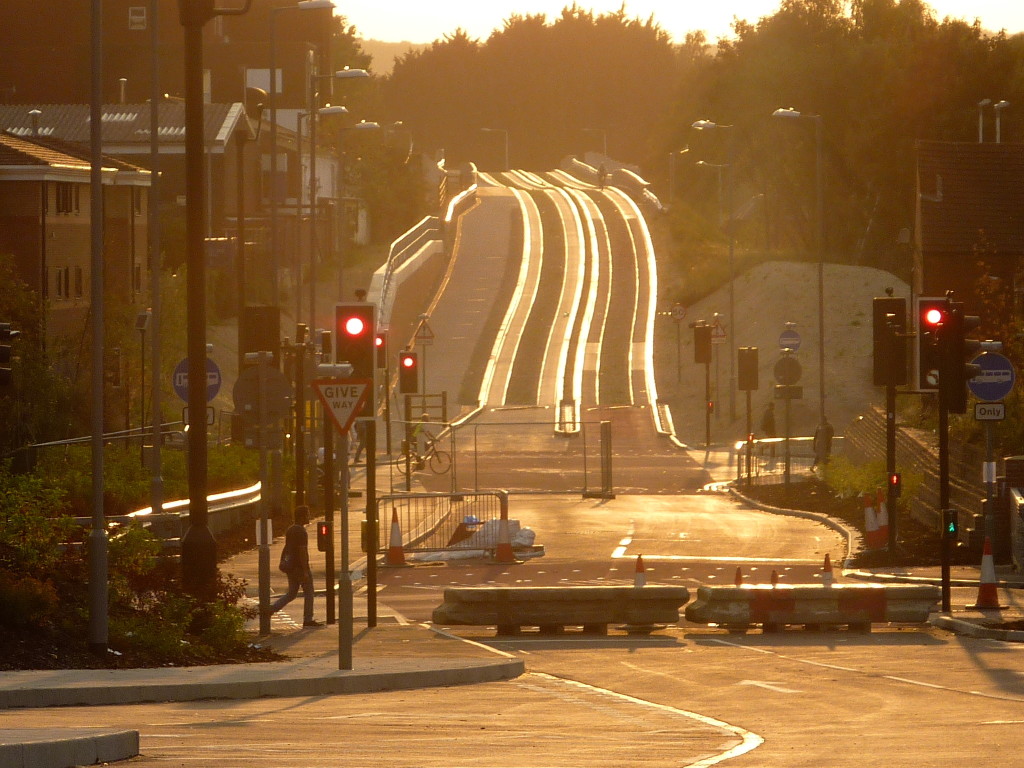
Looking west from central Luton with the Bus Way still very quiet
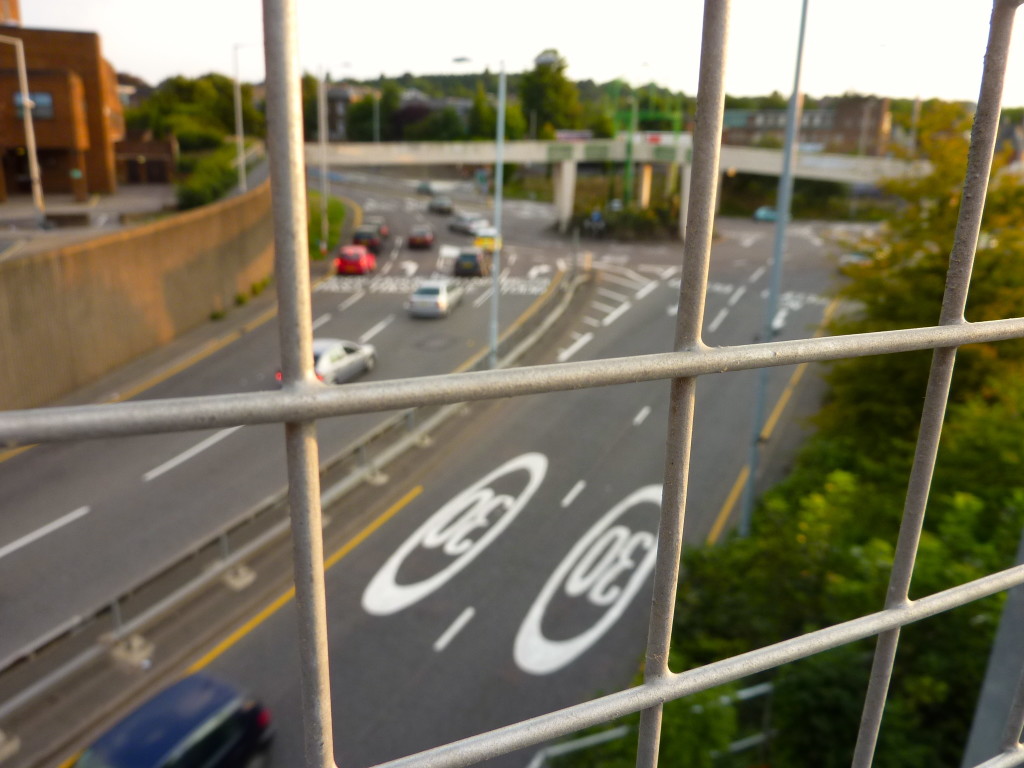
The main difficulty so far is the quality of the cycling surface. While the surface for the buses is smooth concrete, cyclists have to ride along a track which is mostly level (there are some badly fitting drain covers etc) which is covered in stone chippings. In my view these chippings are simply too large and rough for ordinary bicycle tyres. It does not lend itself to a safe and smooth ride, not to mention the scope for tyre damage.
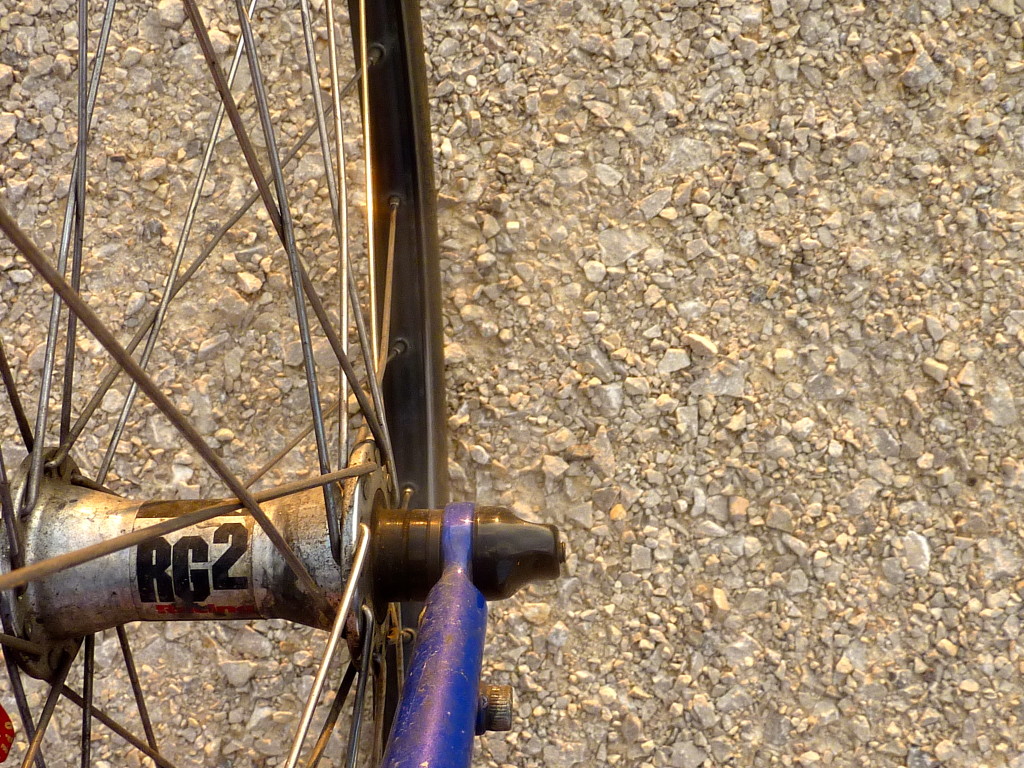
Rough stony surface is not very good for road bicycles
I suppose it is possible that these stones will gradually breakdown and become more grit-like over time. In the meantime it is pretty awful to ride on. I have 700x28c tyres: these are a fairly medium width for many bicycles. The cycling surface is better suited to hybrids or MTBs. And then after a short distance, the surface changes again and becomes an ultra-smooth tarmac as the track runs alongside Hatters Way.
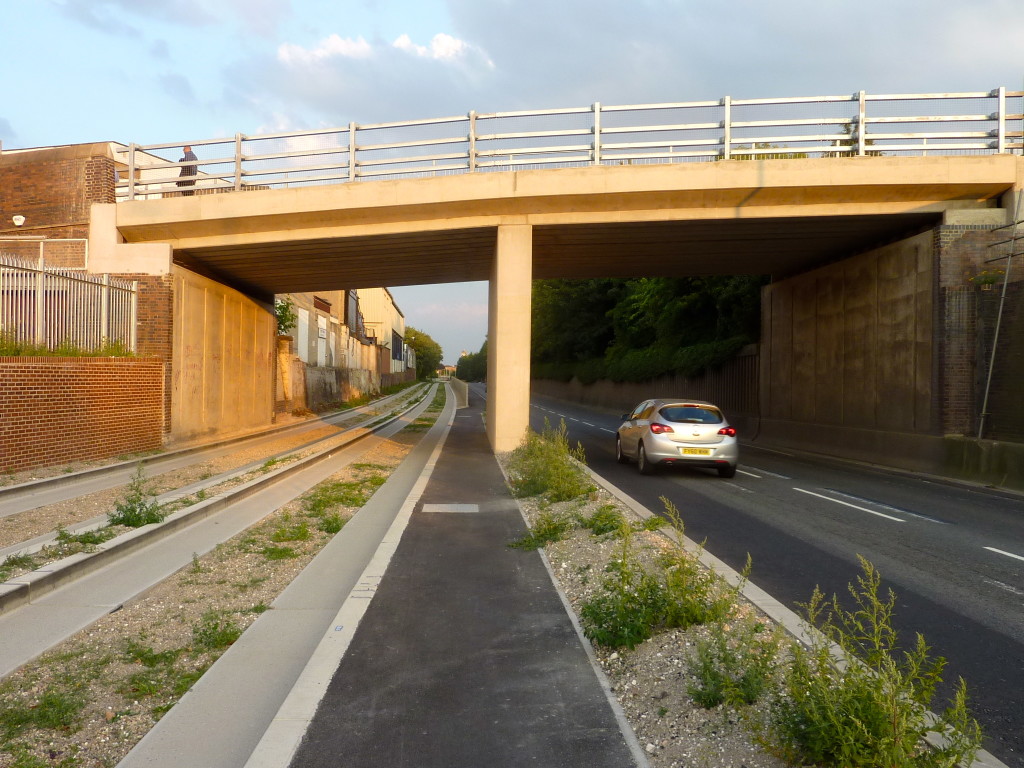
Difficult design challenge; not leaving much room for cyclists to pass each other
If I were being cynical, I’d say the tarmac has been specified as cyclists need to be extra careful and control their bikes with precision along here. The hazards include a very narrow stretch, cars and the Bus Way either side without a fence or a barrier; Hatters Way is normally very busy. Additionally there is not sufficient width for two cyclists to safely pass each other. The designers have, owing to the physical width of the space available – the the road, cycle track and busway – had to compromise on the cycle track width but they have not made it safe enough for the entire length in my view. It needs looking at again chaps!
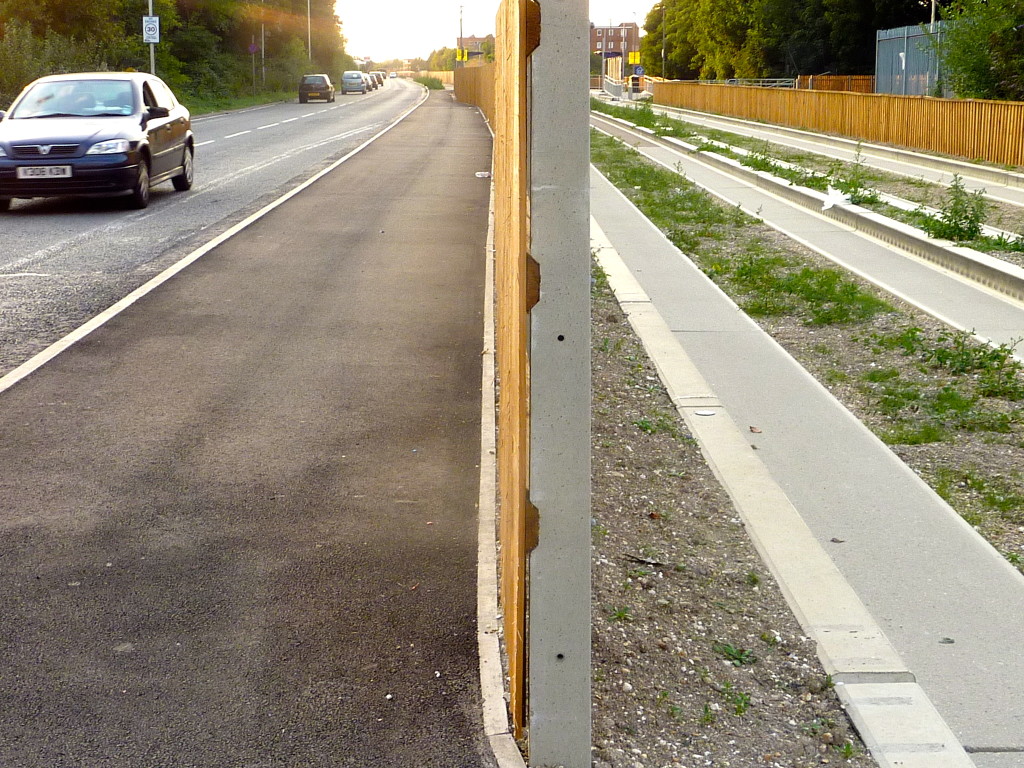
Another hazard – the end of a fence. Easily seen and navigated at night?
And then a little further along Hatters Way where there is a bridge, there is a sudden bump down-and-up over the original road. Maybe this is for some engineering reason? To me it seems unfinished and un-cycle friendly.
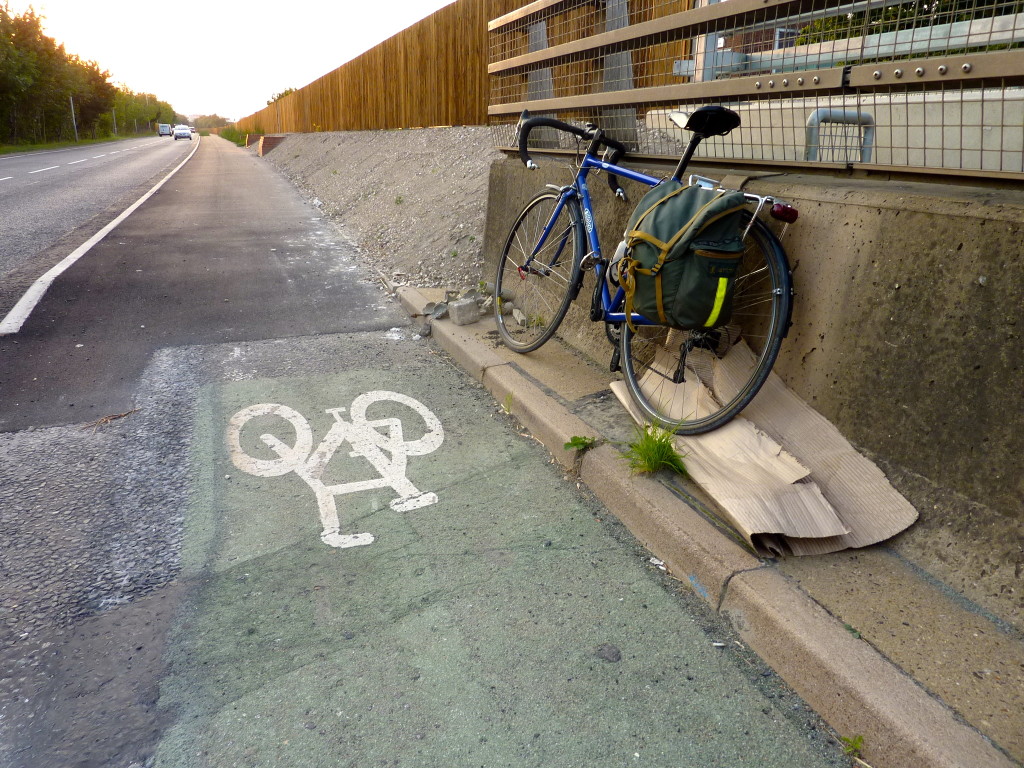
Unfinished section over a bridge – engineering issue or on-the-cheap?
And after these hazards have been survived and coped with, it’s back to the bone-shaking stony surface…..
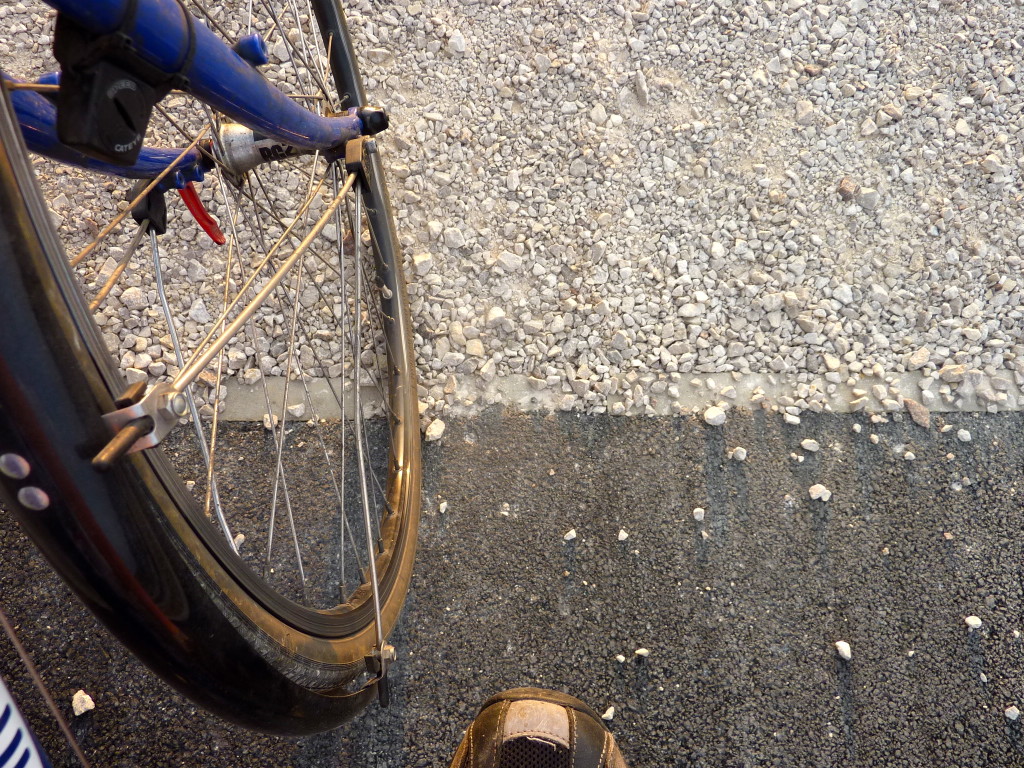
ultra smooth tarmac changing into rough stones is a bit of a shock!
The cycle path area now starts to become a little more residential and pleasant in leaving Luton behind. There are a few interesting little bus stops where clearly some thought has taken place to ensure a user-friendly design. These have a number of indicative features such as CCTV. As you can see, the drivers are being trained.
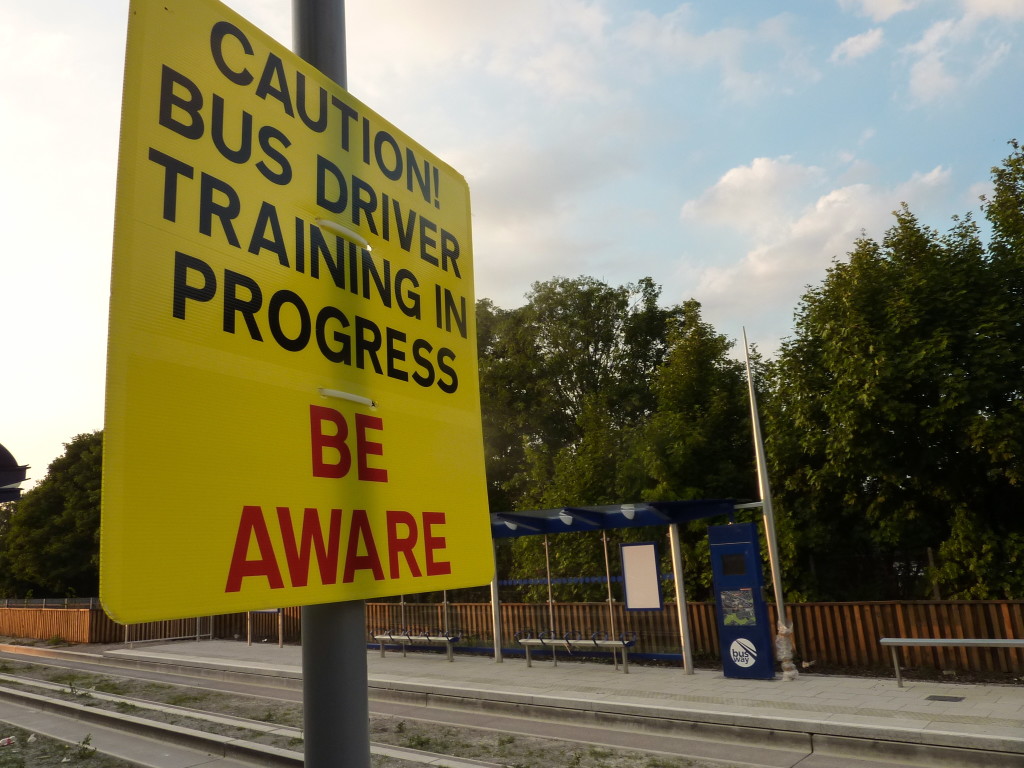
At one of the thoughtfully designed bus tops
Once I had progressed towards Dunstable it seemed more of an interesting journey. I reminded myself that despite the dreadful surface, it was traffic free and there is a considerable benefit in this. Then it was a matter of, once again, squeezing through the barrier and I can tell you, I am pleased I am not a 15 stone bloke wearing a bulky winter coat trying and a ruck sack trying to get through the barrier!
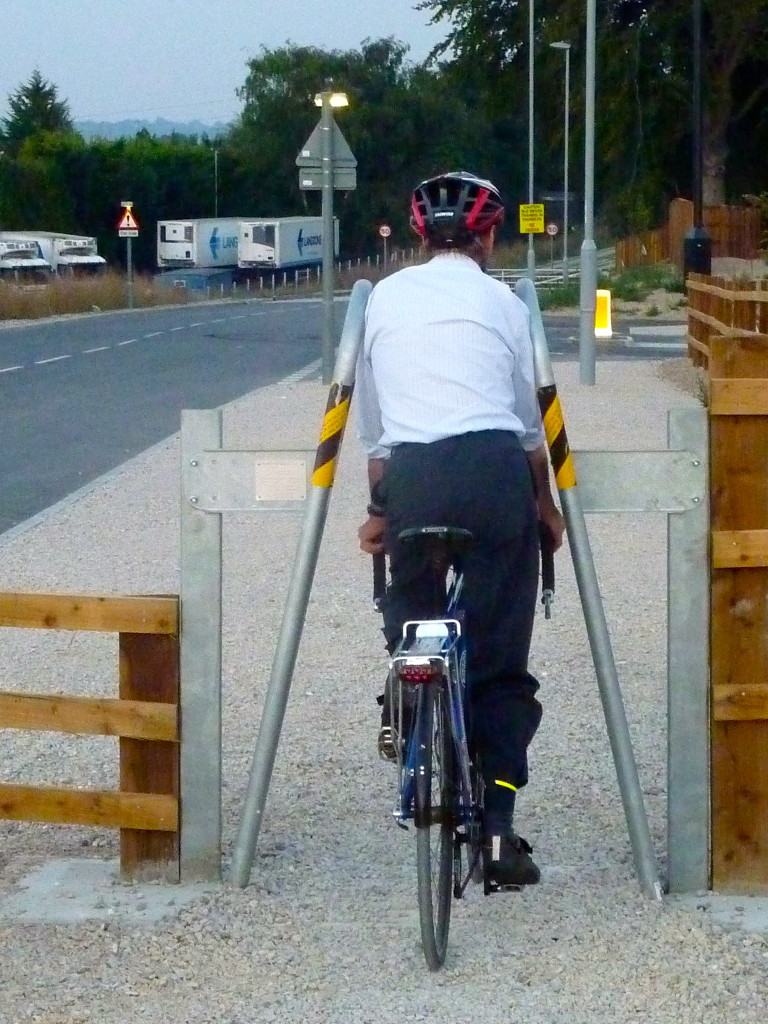
I’m not fat and I had to squeeze through this barrier!
Conclusion
Please bear in mind that, at the time of writing, the official opening is a few weeks off and therefore there is scope for continued some tidying up to be done. In brief, this is my view:
- The whole project is costly but is a considerable investment for the future. The local towns are in need of improved infrastructure for a number of reasons
- The cycle track running alongside could be seen as a bonus for cyclists – what has been commissioned is a Bus Way, not a cycle track
- Alternatively, the cycle track maybe seen as having been done “on the cheap” with a surface which is completely wrong for most of the route. It is far too rough and stony for a newly constructed, high profile urban route
- Limited in how cyclist-friendly it really is
- I am not sure if there is a standard specification for cycle paths like this; if so it is disappointing
- In spite of these short comings, it is a real asset and good for local cyclists to use and it will connect other cycle routes together (joined-up thinking at last!)
What’s your view? Please leave me a comment below no matter whether you think it’s the best thing since the bicycle was invented or if the whole thing is a dreadful waste of money.
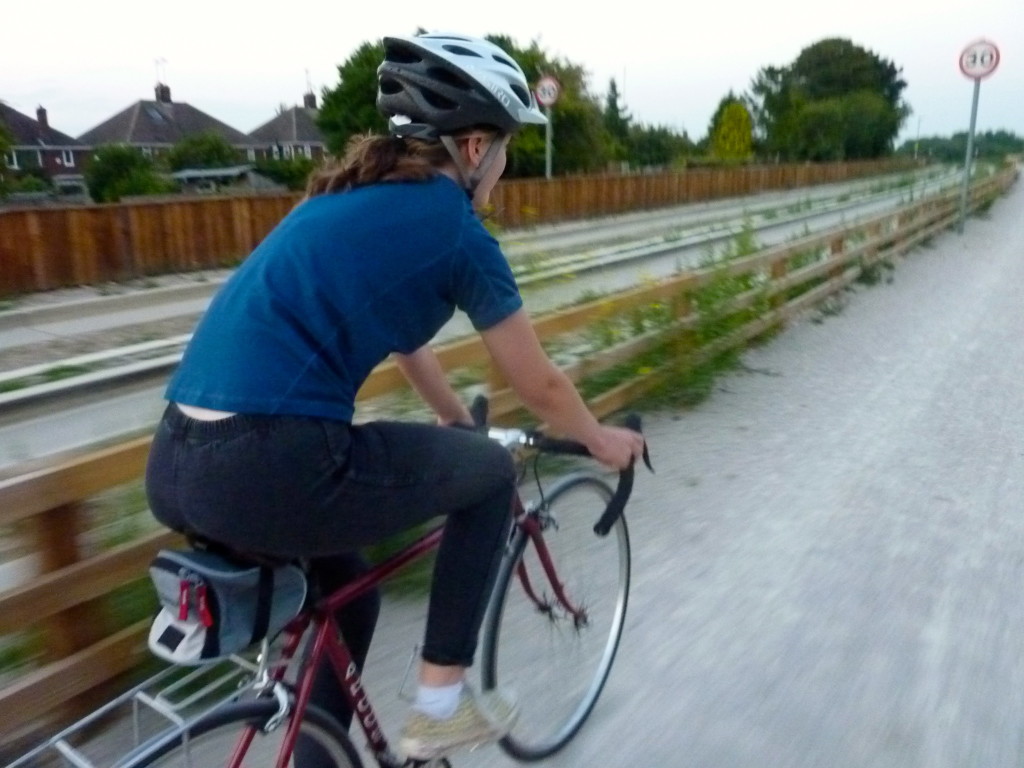
My daughter found the surface very rough on her road bike – no fast cycling here!


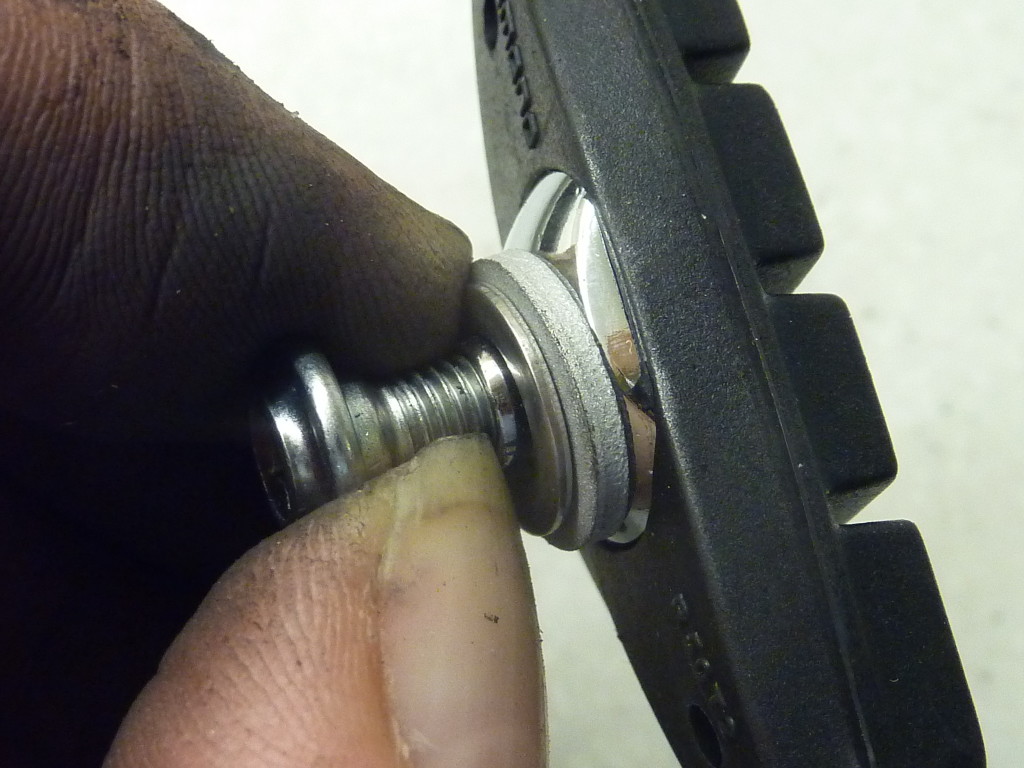




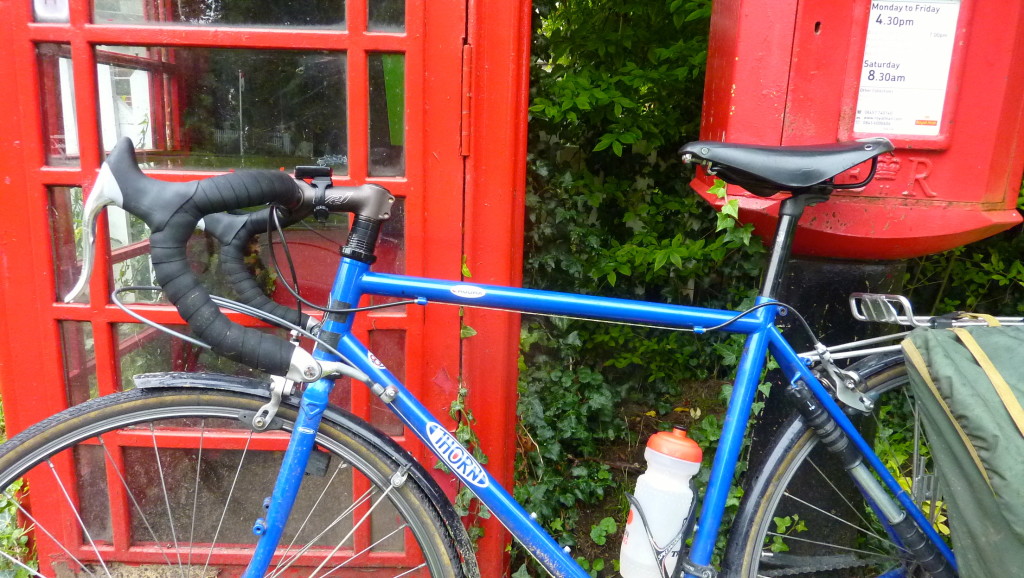
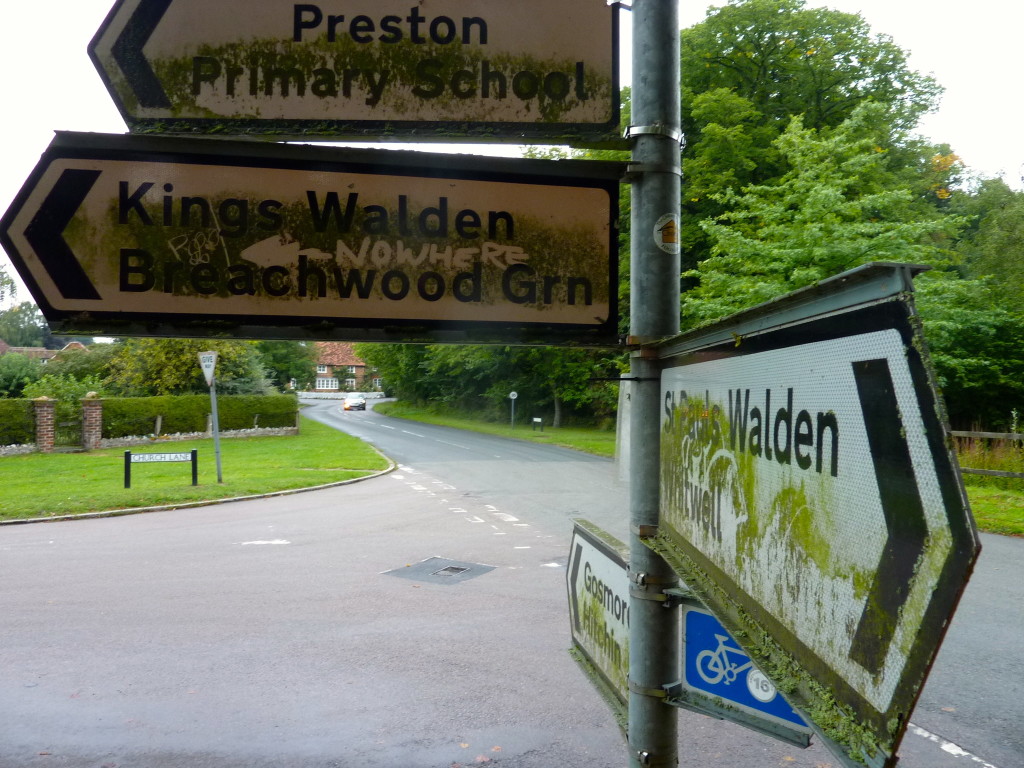
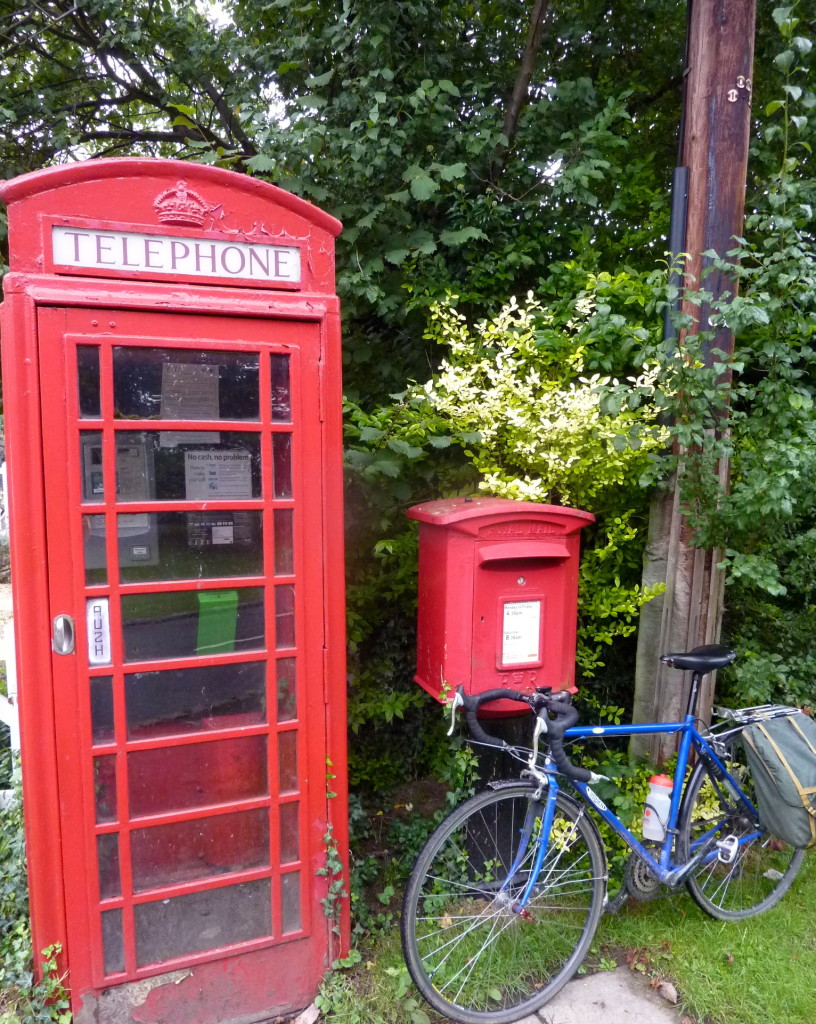
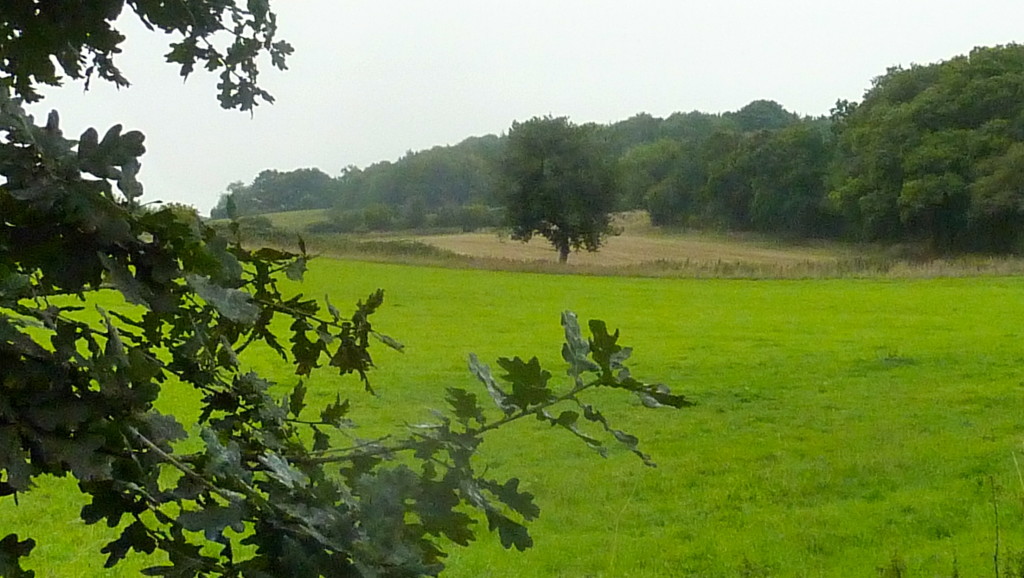

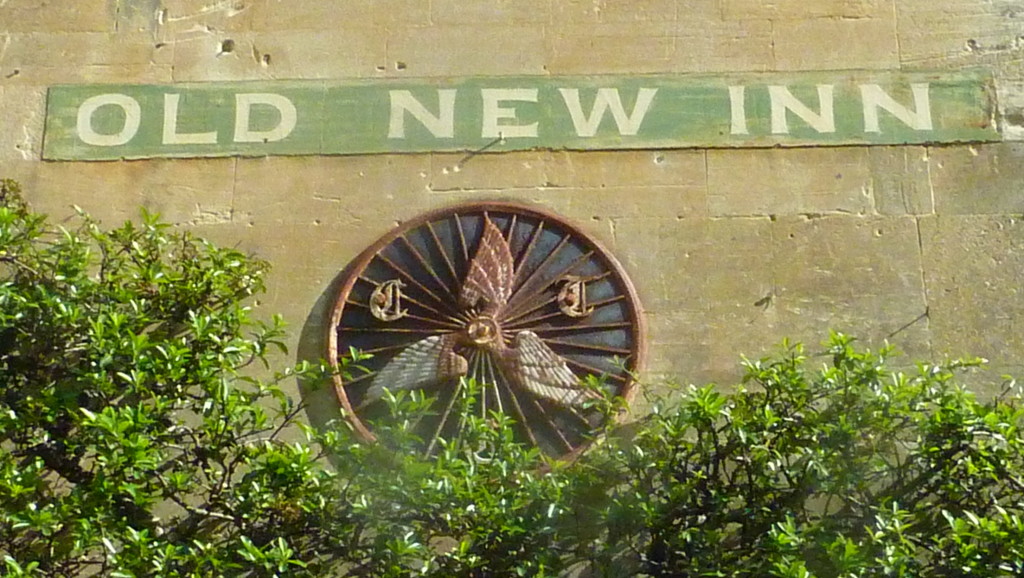
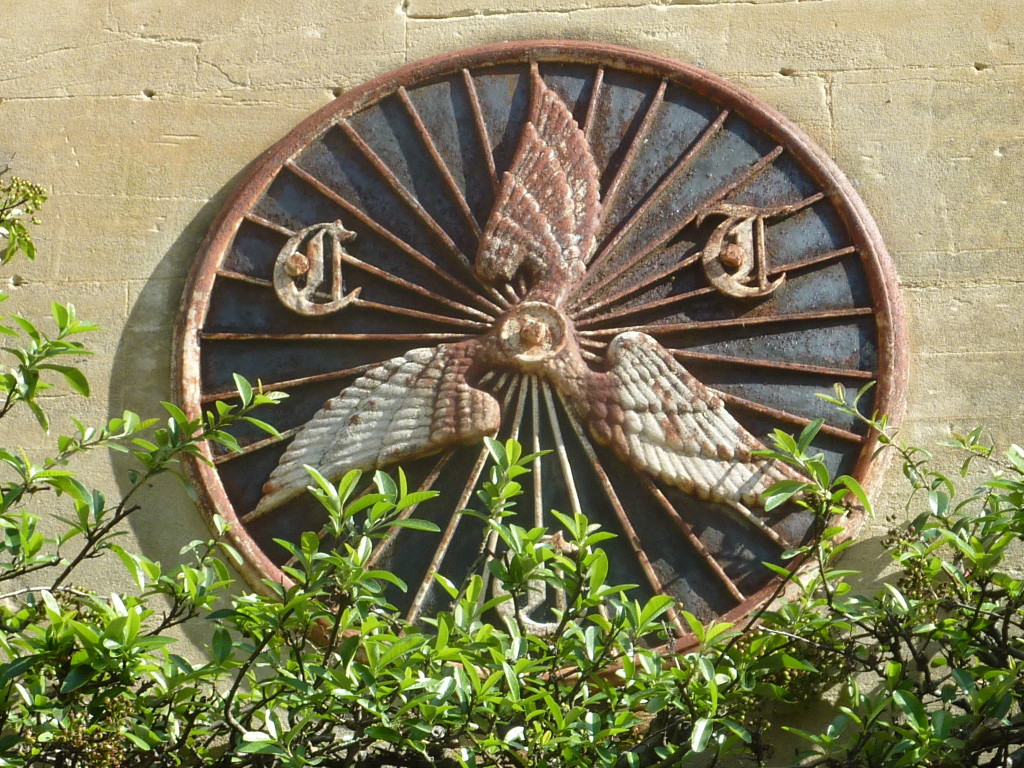

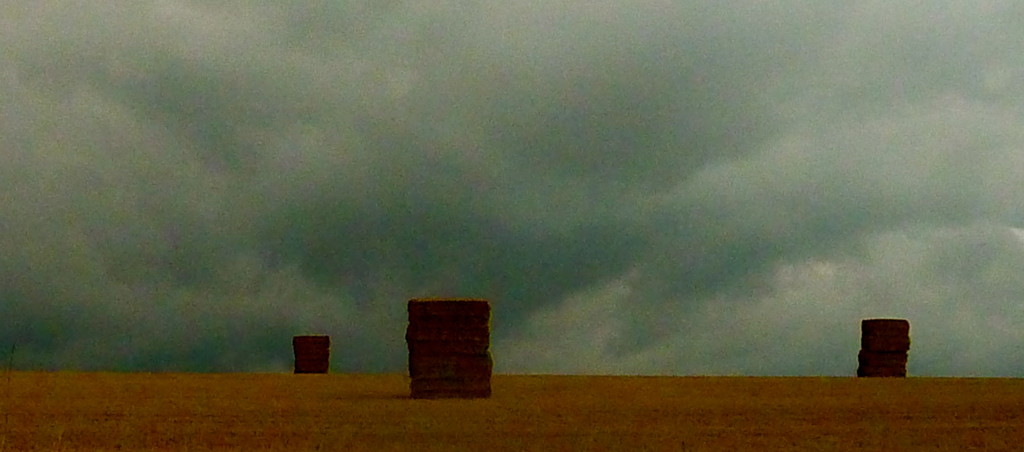













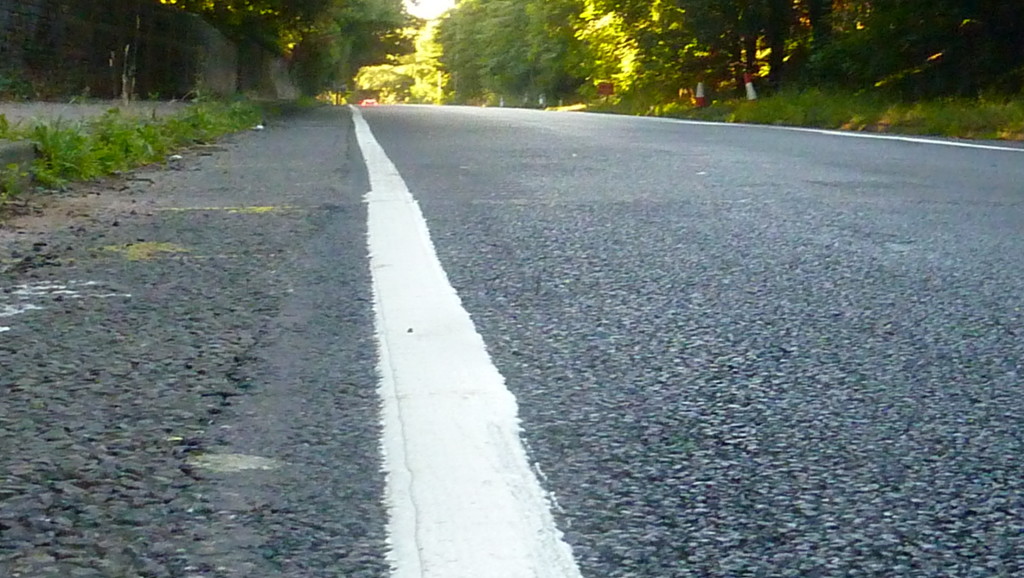
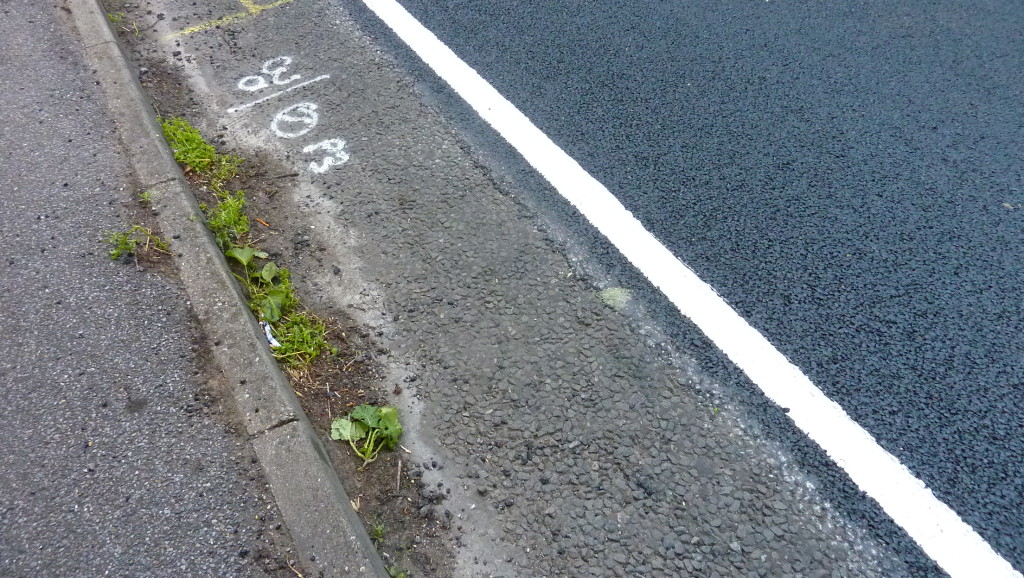
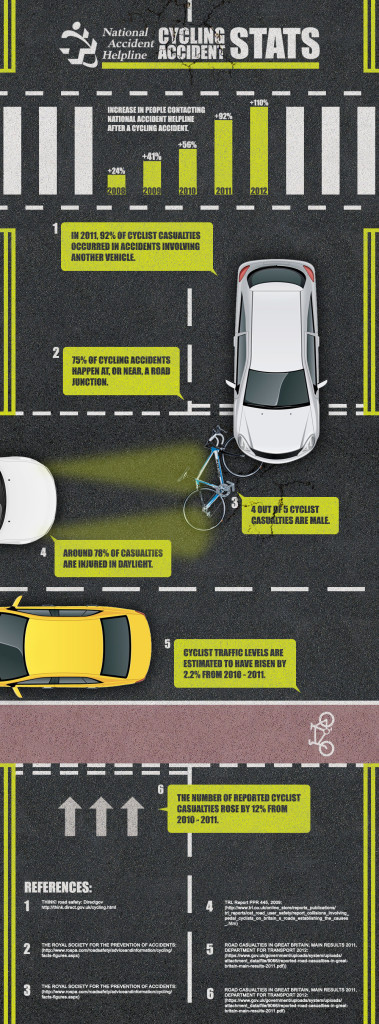
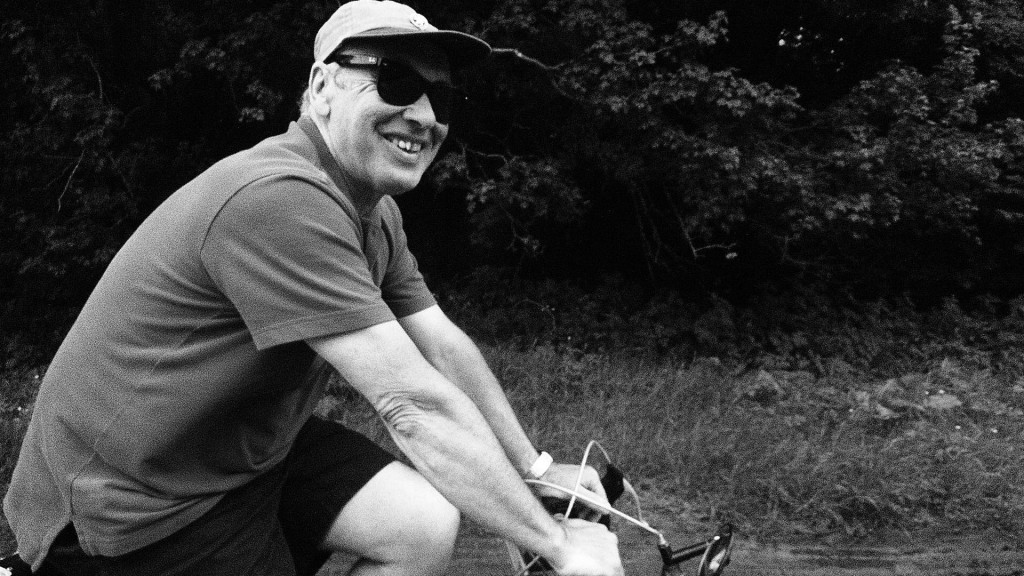
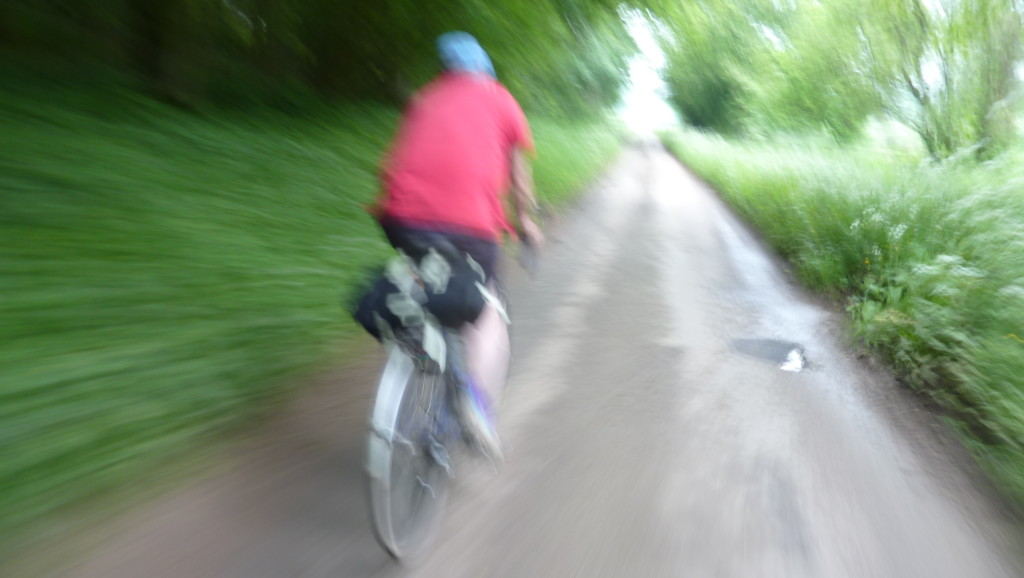

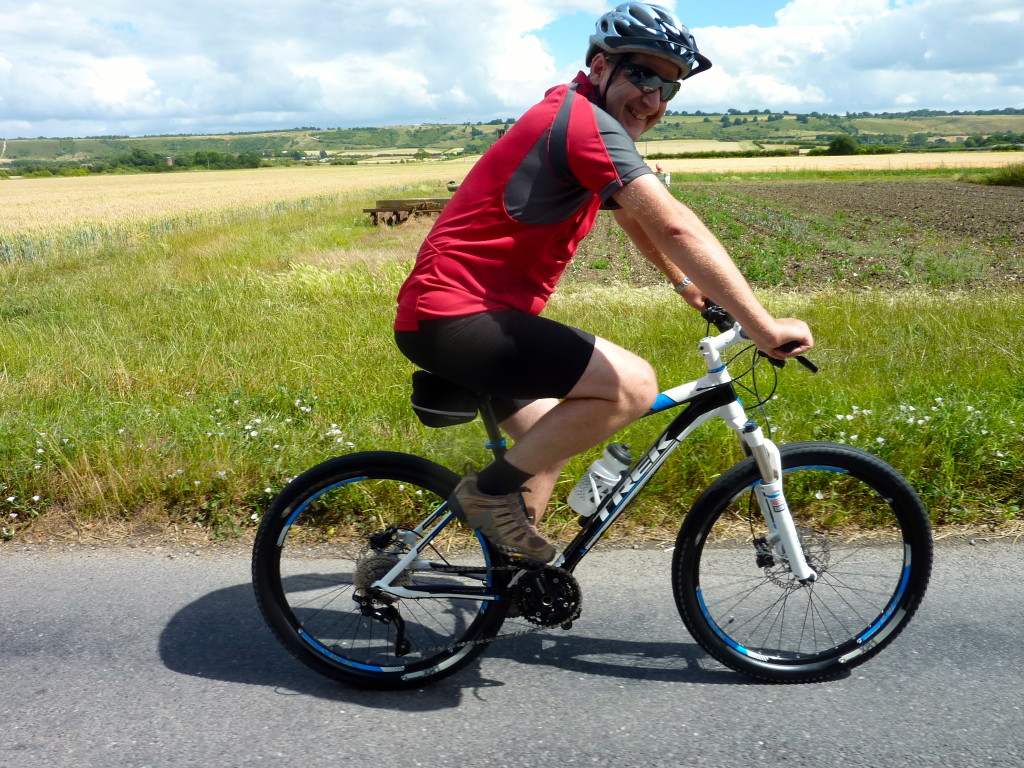




 RSS – Posts
RSS – Posts